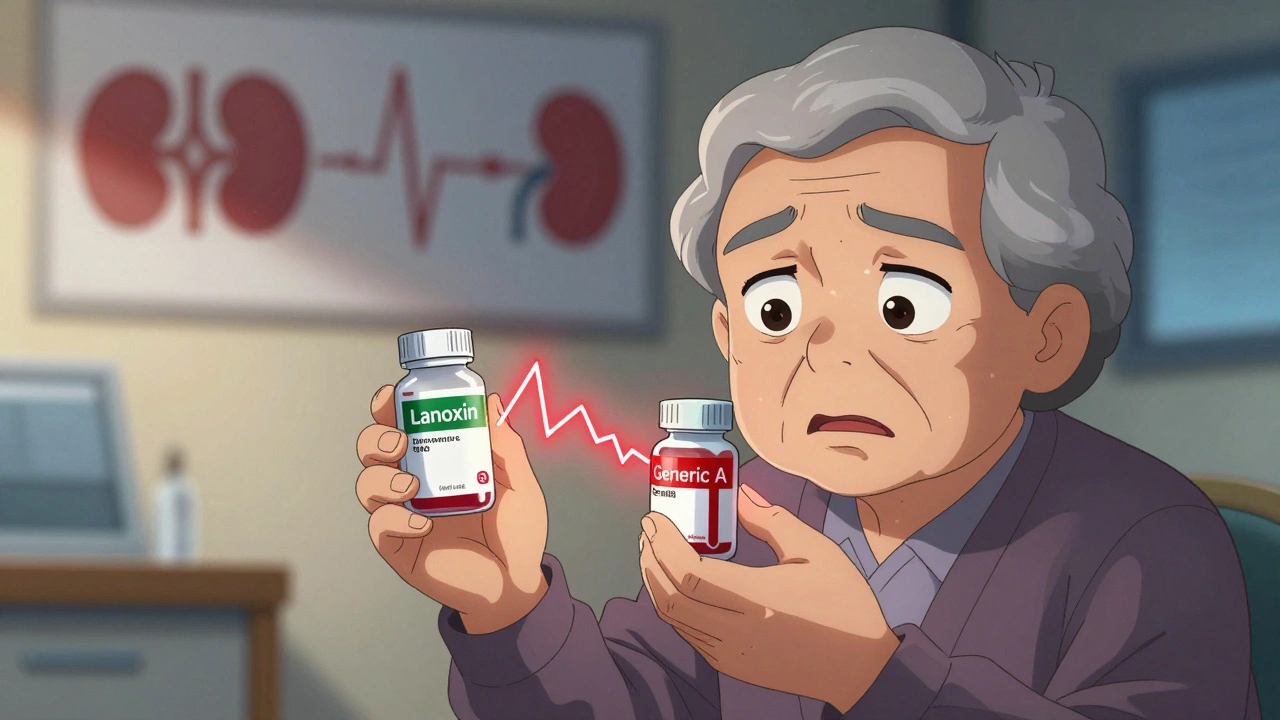
Combining sedating medications like opioids, benzodiazepines, and sleep aids can be deadly. Learn the most dangerous combinations, warning signs of overdose, and what to do to stay safe.
View more
Simvastatin can be dangerous when mixed with common drugs like antibiotics, antifungals, or grapefruit juice. Learn the top 5 deadly interactions, what doses are safe, and how to switch to a safer statin.
View more
Generic drug manufacturers face collapsing profits due to price wars and high costs. The path to survival lies in complex formulations, contract manufacturing, and strategic pivots away from low-margin commodity drugs.
View more
Understand the latest GMP standards for pharmaceutical manufacturing in 2025, including FDA and EU requirements, data integrity rules, advanced manufacturing tech, and real-world compliance costs.
View more
Black box warnings on antidepressants for youth were meant to protect, but research shows they may have led to fewer treatments and more suicide attempts. Learn the facts, the risks, and what to do if your teen needs help.
View more
Generic medications save billions in healthcare costs each year, offering the same effectiveness as brand-name drugs at a fraction of the price. Learn how much you can save and how to use generics wisely.
View more
Opioid rotation can reduce side effects like nausea, drowsiness, and constipation without sacrificing pain control. Learn when it's recommended, which drugs work best, and how to switch safely.
View more
Digoxin generics may be bioequivalent on paper, but small differences in absorption can cause dangerous toxicity or treatment failure. Learn why consistent use and blood monitoring are critical for safe therapy.
View more
Over 95% of people labeled allergic to penicillin aren’t truly allergic. Learn how testing can safely remove false labels, improve treatment, cut costs, and fight antibiotic resistance.
View more
New research shows gut bacteria can trigger autoimmune diseases like lupus and rheumatoid arthritis. Discover how microbiome imbalances cause immune attacks-and what new therapies are emerging to target them.
View more